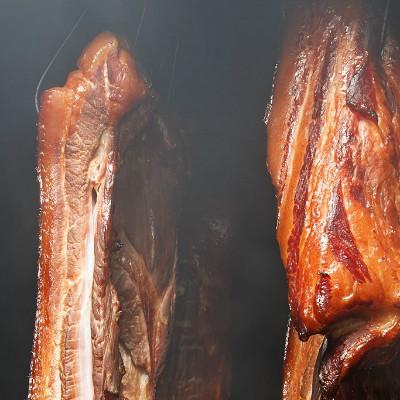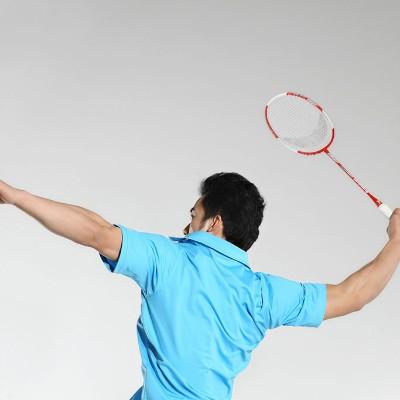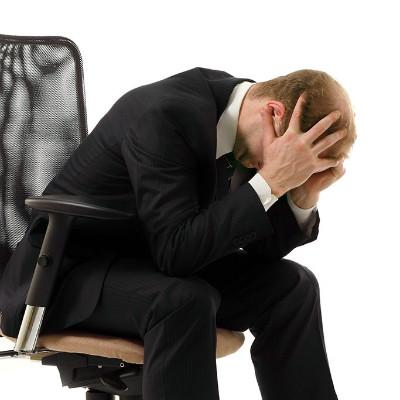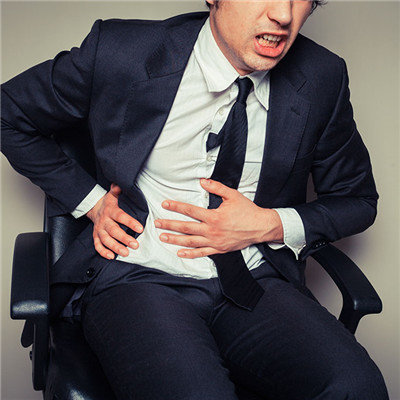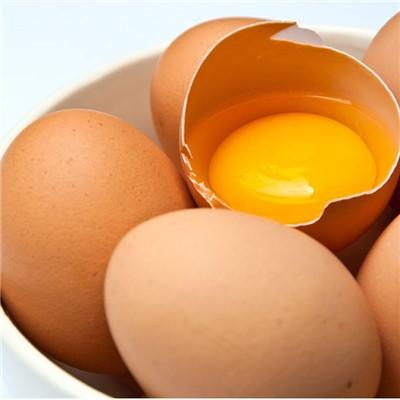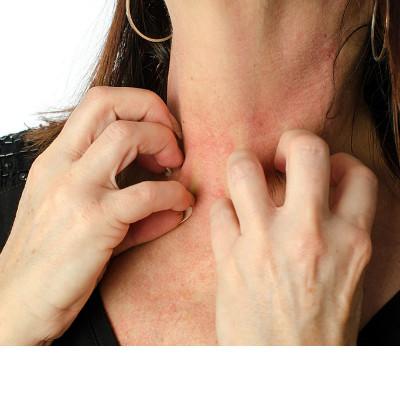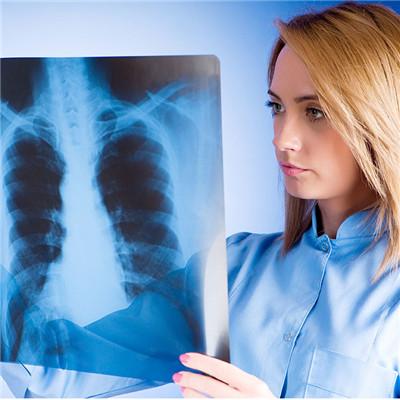How to operate gallstone
summary
Cholecystolithiasis refers to the disease caused by stones in the gallbladder, which is a common disease. The incidence rate increased with age and women were more than men. With the improvement of living standards, the change of eating habits and the improvement of health conditions, the cholelithiasis in China has gradually changed from pigment gallstones to cholesterol gallstones. How to operate cholecystolithiasis.
How to operate gallstone
First: minimally invasive choledocholithotomy: with the help of high-tech laparoscope and choledochofiberscope, the new type of choledochofiberscope minimally invasive choledocholithotomy uses pneumoperitoneum needle to puncture through the abdomen to detect the location, appearance and adhesion of the gallbladder. After confirming that the outside of the gallbladder is normal, a 2cm small incision is made at the rib edge to enter the abdomen to pull the gallbladder, and a 0.5cm incision is made at the bottom of the gallbladder to insert the bile duct The gallbladder cavity was flushed with normal saline at the same time to make the vision clear. The gallbladder stones were removed under the direct vision of choledochofiberscope. Finally, choledochoscopy was used to repeatedly check whether there were small stones in the gallbladder cavity, and to observe the bile flow into the gallbladder, so as to exclude stone incarceration in the cystic duct. After confirming that there was no stone in the gallbladder, the gallbladder was carefully sutured in two layers with absorbable suture, and then the incision was sutured layer by layer. Indications: ① single gallstone; ② multiple gallstones; ③ gallstones with or without symptoms; ④ gallstones with recurrent biliary colic; ⑤ gallstones without stones; ⑥ non acute inflammatory stage; ⑦ good bile transmission; Ⅷ gallbladder wall thickness 0.3 ~ 0.5cm; Ⅸ gallbladder contraction function ≥ 30% after fat meal; and Ⅹ patients voluntarily require gallbladder preservation treatment. Defects: surgical treatment will have a "blind area", small stones are not easy to find. Severe trauma, slow recovery and easy recurrence become the hard injury of surgical treatment.

Second: extracorporeal shock wave lithotripsy: in 1984, lauerbwch first used extracorporeal shock wave lithotripsy (ESWL). The commonly used shock wave lithotripter is EDAP LT-01, which is composed of 320 piezoelectric crystals embedded on a parabolic disk. The shock wave is emitted synchronously to form a gathering area with a width of 4mm and a length of 75mm, and the sound pressure is 9 × 107pz. In general, the shock frequency of 1.25 ~ 2.5 times / sec, 100% of the treatment power, lasting for 60 ~ 75 minutes, the gallstones can be crushed. In addition, B-mode ultrasound real-time imaging was used to locate the stones and monitor the process of lithotripsy. Defects: extracorporeal lithotripsy only breaks stones but does not discharge stones, and the crushed stones may form "Stone Street" in the process of self discharge, which may affect renal function or even completely lose renal function.

Third: ultrasonic lithotripsy: under the guidance of ultrasound, percutaneous gallbladder puncture was performed first, and then the puncture needle was expanded and inserted into the cholecystoscope to the gallbladder. Under the direct vision of the cholecystoscope, the stones were crushed by ultrasound, and the crushed stones were sucked out. A balloon drainage tube was inserted into the gallbladder after operation. Because of its short clinical application time, its exact effect needs to be further observed.

matters needing attention
Keep your ideal weight and exercise habit. Pay attention to food safety and hygiene, timing and quantitative. Don't overeat. Avoid working in a sitting position for a long time to avoid fatigue.
